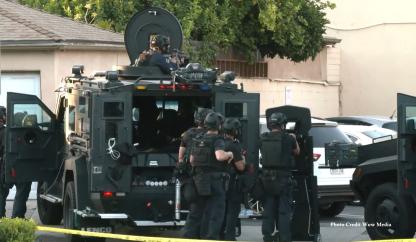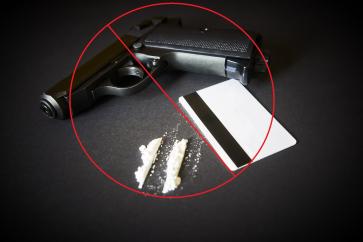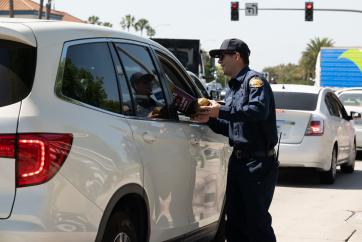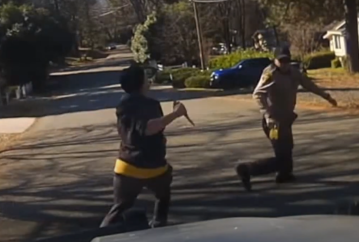

- Ref # CAC00129
- January 06, 2024
Two New Rulings Uphold ‘Implied Malice’ for Charging Fatal DUIs as Second-Degree Murder
Implied malice for murder in the second degree while driving under the influence of alcohol
- Second Degree Murder - DUI Law
- Implied Malice
- Watson Admonitions & "Watson murder"
In California, prosecutors can charge second-degree murder in a fatal DUI crash, alleging that the defendant acted with “implied malice” because he or she has prior DUI conviction(s) and was warned of the safety risks of driving under the influence, and the current collision involved hazardous driving.
A “Watson admonition” is a warning given to those convicted of driving under the influence advising that DUI is dangerous to human life and that another conviction might lead to murder charges. Such a charge is called a “Watson murder.”
Lagunas, the defendant, while driving at high speed in a residential neighborhood and under the influence of alcohol, failed to negotiate a turn or apply his brakes, and killed a six-year-old girl playing in her front yard. A witness estimated the vehicle speed at 40-plus mph and stated that the driving was “erratic, unresponsible, too fast, dangerous.” After having failed to safely negotiate a right-hand turn at a T-intersection, Lagunas’ vehicle drifted across the road, struck a parked vehicle, jumped the ....







